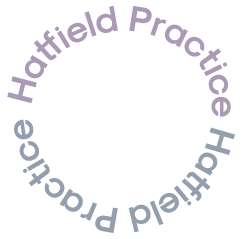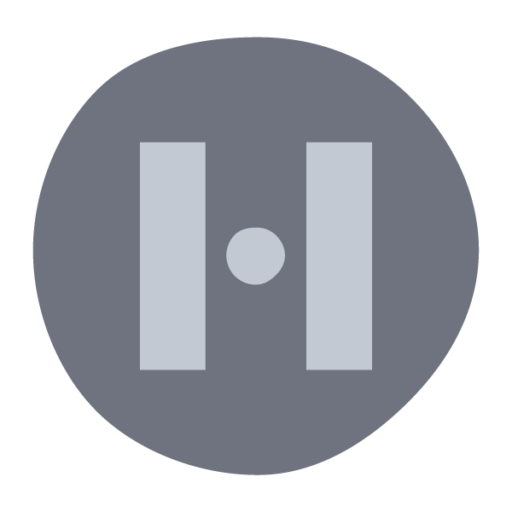“Gua” means scrape, and “Sha” means sand. Gua Sha is a hands-on treatment that carefully scrapes a flat piece of jade, metal or rose quartz over specific body areas. Gua Sha works effectively on bone pain and connective tissue such as fascia and stiff muscles. The treatment uses a unique style of massage that applies pressure to problematic body areas with a Gua Sha tool. The technique is a flowing style and generally uses strokes upward along the muscles. It effectively promotes blood flow, relaxes tight muscles and treats areas of pain and blood flow congestion.
Gua Sha roughly translates into rubbing, pushing and scraping along areas of the body where the fascia, soft tissues and circulation have become stiff, “woody,” or blood flow has congested. In short, this form of Traditional Chinese Medicine is an effective tool-assisted type of massage and a valuable complement to Acupuncture treatment.
The treatment results often don’t always look that attractive, as you can end up with bruising and redness from the tool. However, the healing effects can be astonishing and provide a deep and effective solution to problem areas that don’t always respond to Acupuncture or traditional massage.
Table of Contents
What is Qi?
Gua Sha is rooted in Traditional Chinese Medicine and is traditionally used in East Asian and Chinese medicine. The principles of TCM describe how the body’s Qi (pronounced “”chee”), or vital energy, must naturally flow throughout the body freely to feel at your best. If and perhaps when Qi becomes stagnant in certain areas. Perhaps through illness, injury or disease, it is believed that health problems may naturally occur. Due to tissue restriction, Gua Sha helps the body to work freely and helps to break up energy stagnation in your body. Where there is inflammation, gentle treatments are used, restriction or stagnant Qi. The technique helps to improve circulation and promote healing. Gua Sha combined with Acupuncture can be transformative.
Is gua sha available during Acupuncture sessions?
The simple answer is yes. Although many Traditional Acupuncturists are trained in Gua Sha is not always offered during Acupuncture treatments. Perhaps because the particular condition does not suit Gua Sha or the Acupuncturist deciding another route is suitable. Hatfield Practice Acupuncturists are trained to safely perform Gua Sha treatments alongside other Chinese medicine forms such as Acupuncture, Chinese Herbs or Cupping therapy. If you are interested in experiencing gua sha, let us know when making the appointment.
Does gua sha hurt much?
The Gua Sha massage techniques include scraping, pushing and rubbing. Indeed that is enough to put anyone off! However, the Acupuncturist won’t be scraping your body like removing paint from an old window. Foremost, treatment starts gently; the practitioner will guide you and your body’s response. The intensity may build if you are happy and depending on the type of injury and types of muscle and fascia restrictions your Acupuncturist finds.
Traditional Gua Sha tools have rounded edges which are smooth. They don’t cut or bite into the body. Before the treatment begins, the Acupuncturist will first massage around the treatment area using lotion or oil. The practitioner then increases the pressure to a comfortable but effective level. Deeper muscle tensions may well be tender and sore. The Acupuncturist will work those areas gently at first and gradually work deeply to increase circulation and release muscle tensions. Gua Sha feels good as the practitioner smooths out old tensions and frees up stiff muscles and joints.
Gua Sha Benefits
Acupuncture and Gua Sha, individually or in combination, may help relieve many health conditions. Used in combination with Acupuncture, treatment may help to improve and rebalance organ systems such as the digestive, liver and cardiovascular systems. Acupuncture may lower blood pressure, reduce inflammation and ease pain and help alleviate:
- Great for muscle joint and skeletal problems
- Tightness in the shoulders, legs and back.
- Tension headaches,
- Migraines,
- Neck and jaw pain
- Inflammation and swelling in your body.
- Anxiety,
- physical and emotional tensions
- Chronic fatigue,
- insomnia and stress
- Perimenopausal symptoms (Especially when combined with Acupuncture)
In Chinese medicine, blood flow and energy ( Qi) throughout the body are essential. Blocked energy can manifest as muscle knots, soreness, weakness or pain. Gua sha will help promote relaxed muscles and help to provide a healthy blood supply where it is needed most. Gua Sha ensures a better blood supply and proper nerve conduction so that everything moves through your body as it should
Gua sha for the face
You may have seen people rubbing Gua Sha stones and tools across their faces on social media and wondering what on earth was happening. Treatment is excellent for stress and your complexion; it’s been shown to help skin complexion, muscle tone, and blood flow. Ease tensions in the face and scalp, reduce puffiness under the eyes and inflammation around the jaw and ease the pressure of sinus pain.
Who should avoid the Treatment?
Many people will feel good after a treatment. Some health problems such as diseases of blood circulation, peripheral neuropathy or diabetes will need to be noted during the medical case history. Always let your Acupuncturist know of any conditions you may have or any medications such as blood thinners before your treatment starts. An excellent clear medical record enables the practitioner to understand further and adjust the pressure during treatment. Acupuncture, in conjunction with Gua Sha, can help to promote healthy blood flow with conditions such as diabetes and peripheral neuropathies.
And like with most things, let us know how you feel.
If it is your first visit to an Acupuncturist for a Gua Sha treatment, you may not know what to expect entirely. It is also important to understand that this style of massage is not inherently painful or will leave you feeling battered and bruised. The Acupuncturist will work gently with you and within your tolerances. The Acupuncturist will always explain and talk you through every stage of the treatment. They certainly won’t want you to be in pain or feel nervous and uncomfortable. If you are in discomfort, please let the Acupuncturist know straight away. We want you to feel safe, supported and pain-free.







